07 Apr Key Steps to Effective Public Outreach
By Patricia Tennyson
Public outreach programs are often the first to feel a budget-cutting axe, but the benefit of having an effective public outreach program can include community support for projects and utility rate increases; third-party credibility with community and policymakers; increased awareness among community members about project issues; lasting relationships with community leaders; and better decisions in many cases.
Creating an effective public outreach program is not overly difficult, but it does take effort and resources to increase and maintain public awareness, involvement and support for projects and programs. When supporting a client, Katz & Associates incorporates the following key steps in order to accomplish the client’s objectives:
- Maintain a consistent, ongoing communication program. It is important to avoid communicating only when there is need for approval or cooperation, rates have increased, or a problem has occurred.
- Establish a comprehensive communication program. Just as organizations have guidance documents for their operations or capital improvement programs, they also need a planned path forward for public outreach. Organizations need a written, structured, methodical and strategic communication plan to guide public outreach efforts.
- Make sure project teams are multidisciplinary and include communication professionals. Every project requires a dedicated team of professionals working together – and that team should include communication professionals.
- Invite the community to help with your homework. To maximize understanding of what the community wants and to gain the most support for a project or program, invite the community to “help you do your homework.”
- Throw away the cookie cutter. Outreach for a project or program needs to fit the community.
- Gain agreement on project/program purpose and need. Clarity of purpose and need is essential to develop clear and effective communication.
- Watch your language! Leave technical industry jargon out of presentations and informational materials unless it is impossible not to do so (and then explain what you mean in clear language).
- Define what public involvement means to you. Align community member expectations for public participation with what the agency is actually willing to commit to and able to deliver.
- Use the input you asked for. Actually using requested community input helps build community support.
- Understand that “new media” isn’t that new anymore—and is here to stay. Social media platforms are just another set of communication tools, and you need to customize them to fit your audiences. Be consistent and sustained with your outreach. Keep in mind that audiences and interested parties change as a project progresses through siting, design and construction phases.
 Having a comprehensive communication plan isn’t that hard, but it takes effort and resources. It can’t be neglected or left on the cutting room floor when project budget reductions are required. Time and again, organizations have learned that devoting comparatively modest funds to project outreach at the beginning of a project will significantly reduce the chances that far greater sums will be spent midstream when communities feel uninvolved or uninformed. Including an experienced public affairs firm like Katz & Associates as part of the outreach team can help ensure communication goals are accomplished in the most efficient and effective ways possible.
Having a comprehensive communication plan isn’t that hard, but it takes effort and resources. It can’t be neglected or left on the cutting room floor when project budget reductions are required. Time and again, organizations have learned that devoting comparatively modest funds to project outreach at the beginning of a project will significantly reduce the chances that far greater sums will be spent midstream when communities feel uninvolved or uninformed. Including an experienced public affairs firm like Katz & Associates as part of the outreach team can help ensure communication goals are accomplished in the most efficient and effective ways possible.
For more information, please contact Patricia Tennyson, ptennyson@katzandassociates.com.
